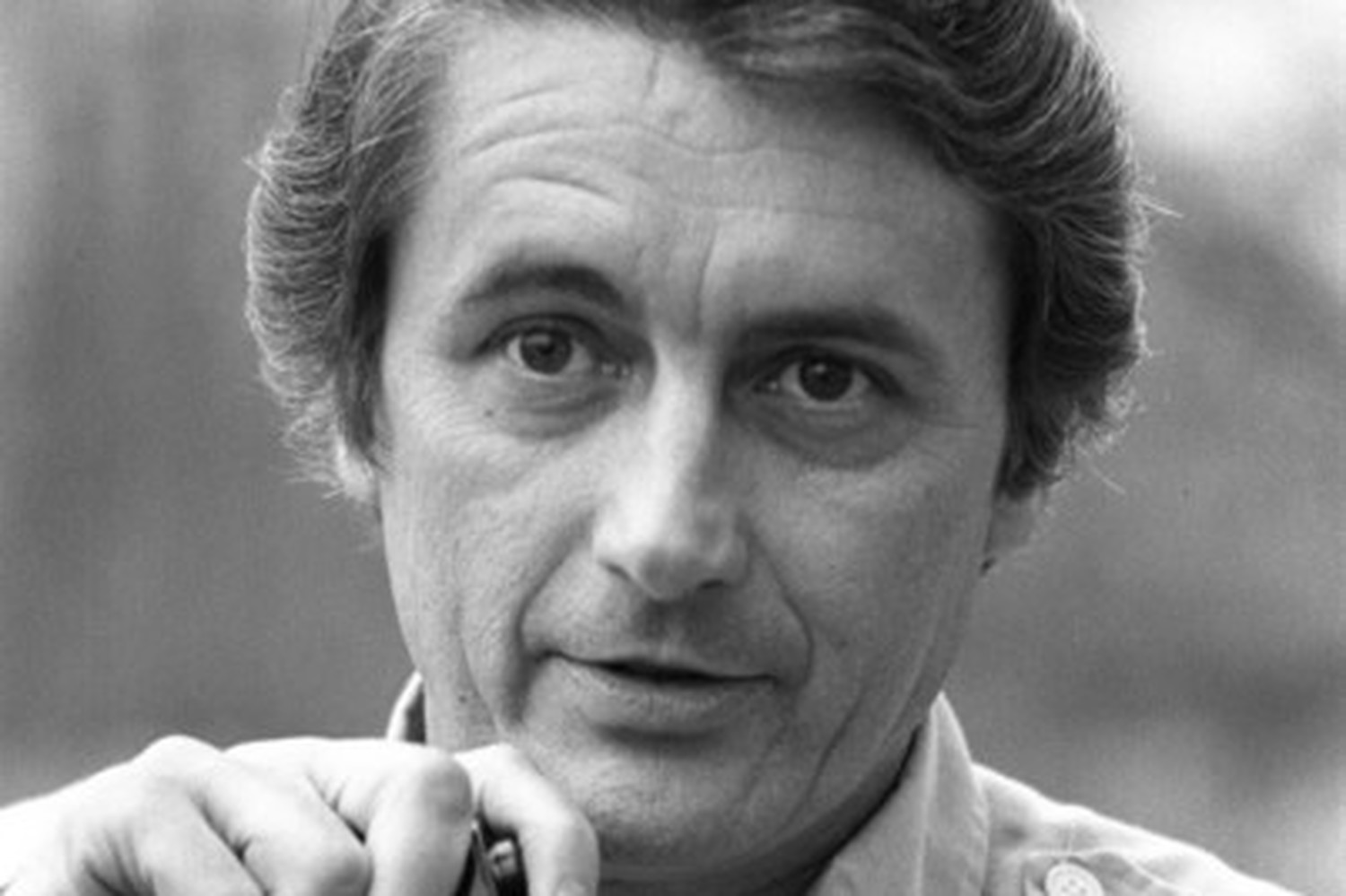When word came down that the whole photo staff of the Chicago Sun-Times was summoned to a meeting the next morning, John White feared that the staff would be issued some new kind of camera gear. A lifelong Nikon user, White feared the transition would be difficult.
The transition turned out to be much worse than that.
The meeting with the newspaper’s editor was scheduled for 9:30 A.M on May 30th. By 9:31, the editor left the room, having made his announcement: the entire photo staff was being let go. Three people were retained for photo editing and multimedia work, the rest of the positions — 28 in all — were being permanently eliminated.
“It was a well-executed execution,” White says.
“As photojournalists, we parachute into situations and capture ‘lifetime moments.’ But this was a lifetime moment for all of us,” he recalls of the meeting. “My first reaction was concern for those who just got this news and how they were going to handle it. A lot of people can’t get up when they’ve been knocked down too many times.”
The editor’s announcement lasted about 30 seconds and never included the words, “Thank you.”
“Being in a room with John H. White… Being in a room where they laid off one of the greatest photographers alive on the planet… was heartbreaking,” said fellow staffer Jon Hart in a video interview on the day of the firing. “But things are changing and we have to roll with it.”
Photos and videos for the Sun-Times, surrounding suburban newspapers and associated websites will be supplied primarily by reporters with iPhones. “I’m wondering about an iPhone being in a situation where to need a long lens, or you need to silhouette, or to pan,” White says. “It’s such a robbery to readers.”
Throughout the media, the move was hardly well received. Chicago Tribune photographer Alex Garcia called the decision “idiotic at worst and hopelessly uninformed at best”:
That’s because the best reporters use a different hemisphere of the brain to do their jobs than the best photographers. Visual and spatial thinking is very different than verbal and analytical thinking. Even if you don’t believe that bit of science, the reality is that visual reporting and written reporting will take you to different parts of a scene and hold you there longer. I have never been in a newsroom where you could do someone else’s job and also do yours well. Even when I shoot video and stills on an assignment, with the same camera, both tend to suffer. They require different ways of thinking.
The resulting losses cannot be recovered, White says. “There’s going to be a visual gap in the history that our next generations will miss.”
For these generations in the Windy City, much of that visual history has been supplied by John White. Starting with the Chicago Daily News in 1969 — merged in the Sun-Times in 1978 — White has been a media fixture in the city for 44 years. In 1982, he was awarded the Pulitzer Prize for feature photography.
Since 1978, White has been teaching photojournalism at Columbia College in Chicago. He has taught at conferences in more than a dozen countries around the world, as well as several stints at the Southwestern Photojournalism Conference in Ft. Worth, TX. While teaching — he calls it “sharing” — White always employs a metaphor familiar to anyone who knows him: “Keep in flight.” But not every flight is a smooth one. “Until this happened, I did not know you could fly with broken wings.”
“John White doesn’t walk around and brag about himself,” says Scott Strazzante, photographer with the Chicago Tribune. “He is teaching so many how to deal with adversity that it almost seems that his firing and the subsequent example that he has set is making the world a better place.”
Right after the announcement of the firings, White went to a personal place of sanctuary: the Chicago lakefront. “That’s the place I can go and have an audience with God — in the midst of a town with millions of people.”
Then he went home and wrote a letter to all of his fellow Sun-Times photo staff members. “I wanted to make sure they knew they are special and important,” he says. “What they did to serve the community needed to be recognized.”
Fuel for the next leg of the flight.
